Cleanroom HVAC
Introduction
HVAC, which stands for Heating, Ventilation, and Air Conditioning, is crucial to ensuring and maintaining a clean and controlled environment in the cleanroom.
HVAC systems are specifically designed to prevent contamination and ensure optimal working conditions within the cleanroom.
Industries
Pharmaceutical research, semiconductor manufacturing, healthcare facilities, metrology and other similar industries rely on a clean and controlled environment ensures that the product can be manages and/or measured consistently and accurately. In these cases, cleanroom HVAC systems play a crucial role in achieving this by controlling temperature, humidity, and air quality. Optimizing these primary factors, allow the cleanroom to operate at peak efficiency, minimizing the risk of product contamination and ensuring the safety and well-being of personnel.
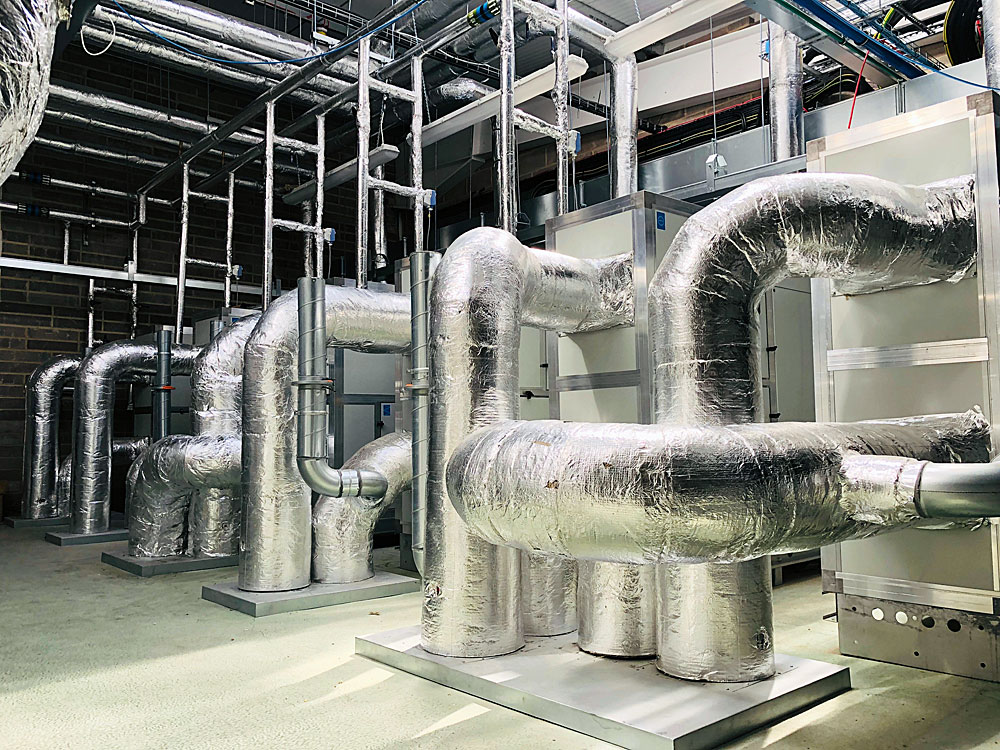
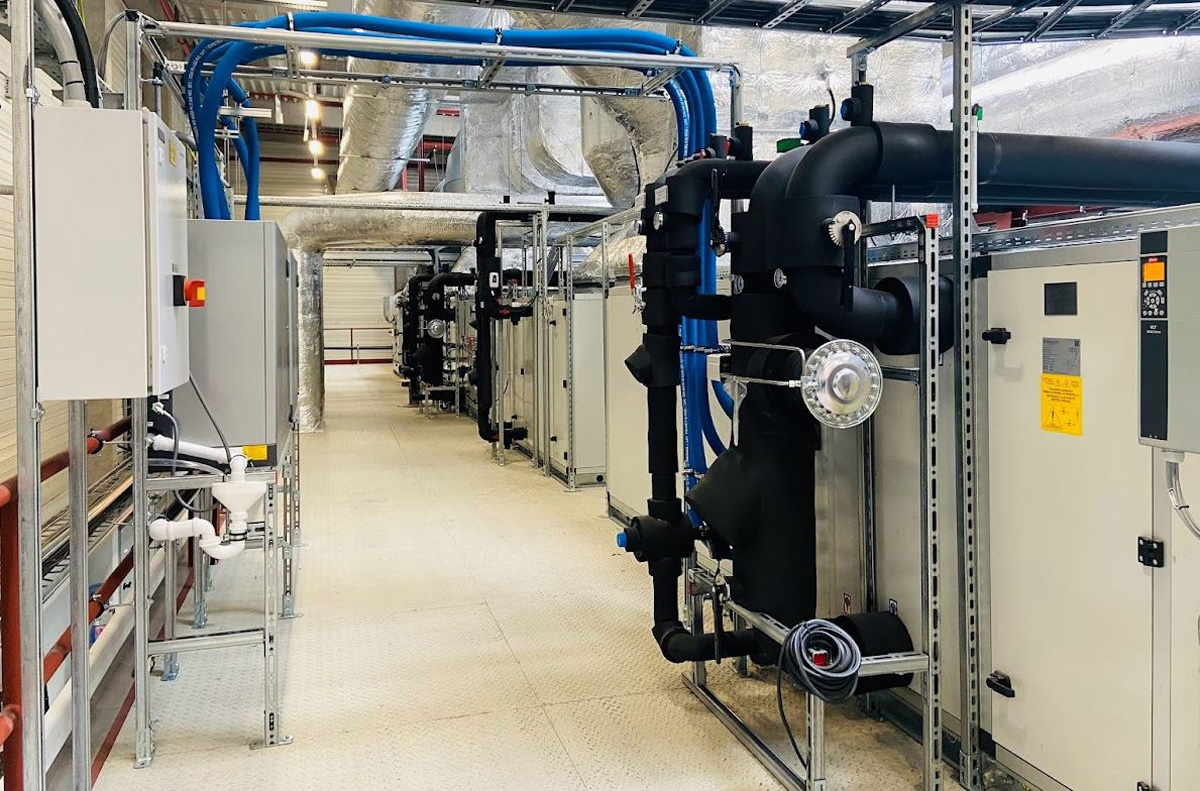
The Role of HVAC
The role of HVAC systems in to achieve and maintain optimal temperature, humidity, and air quality in a cleanroom environment. In addition to this, the HVAC systems used in cleanroom environments are designed to prevents contamination from entering the cleanroom through the air supply.
Optimal conditions include the regulation of temperature and humidity levels to meet the requirements for the working environment and to manage the air supply, proper airflow patterns, the utilization of high-efficiency clean room filters, and control of room pressurization.
HVAC Controls
Temperature
HVAC systems are designed to meet cleanroom classification standards and to regulate temperature within pre-defined ranges. Temperature and humidity requirements are primarily defined by the optimal conditions for production, measurement, and research activities. However, other factors like operator comfort and process efficiency also are considered.
Humidity
Achieving and maintaining the required humidity levels in a cleanroom is crucial for ensuring the integrity of the environment and the product that is manufactured or measured.
High humidity can lead to condensation and moisture build-up on surfaces, increasing the risk of microbial growth and contamination of sensitive equipment. Additionally, it can affect the performance and reliability of electronic components or the accuracy of measurements. Low humidity, on the other hand, can cause static electricity and electrostatic discharge, which can damage sensitive materials and components as well as causing an ignition risk in bulk powder or flammable liquid vapours.
HVAC systems are crucial for regulating and controlling humidity levels within the cleanroom, thereby ensuring optimal conditions for processes, and minimizing the risk of contamination or damage.
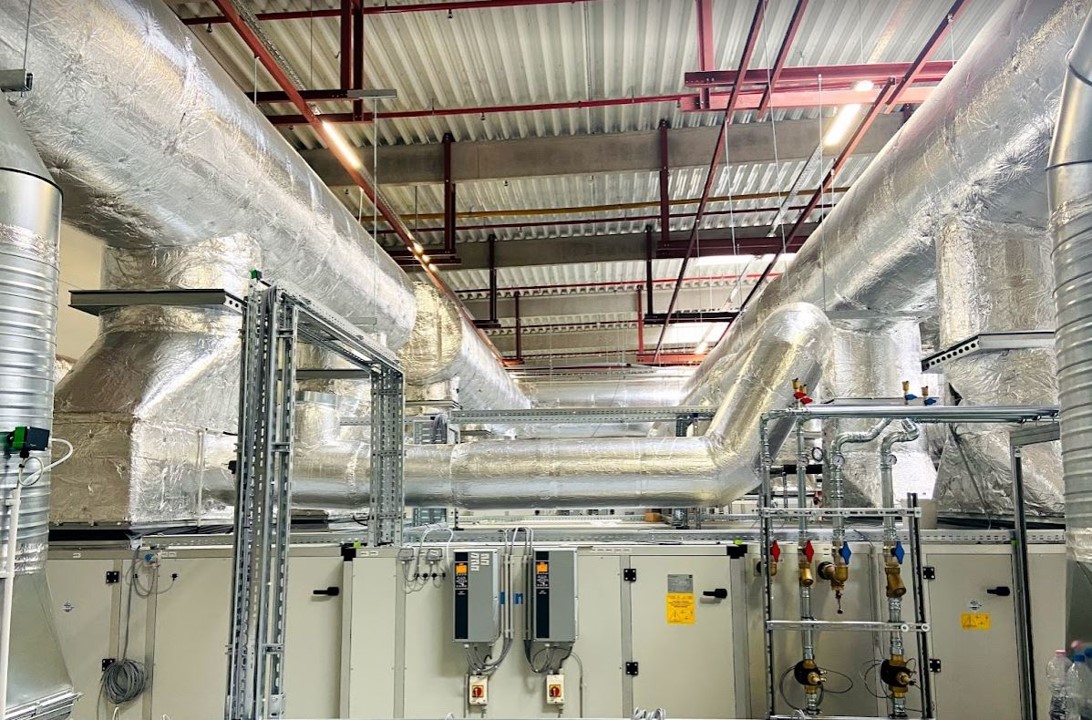
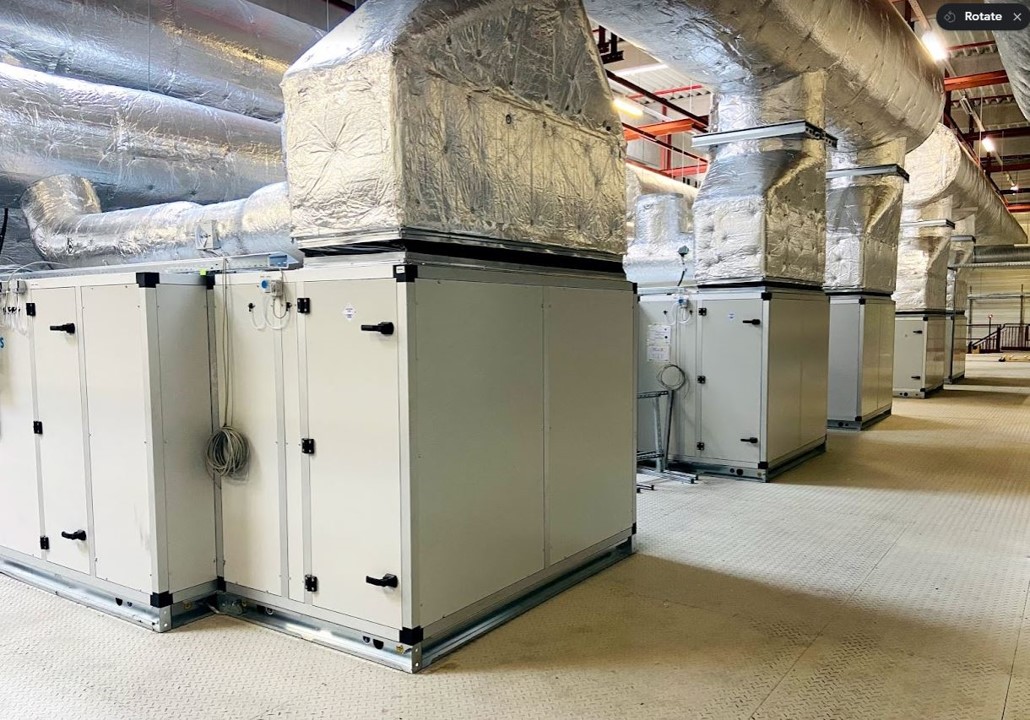
Air filtration
Ensuring high air quality is of utmost importance in cleanrooms, as even the tiniest contaminants can compromise the integrity of sensitive processes.
HVAC systems incorporate advanced filtration systems, such as HEPA (High Efficiency Particulate Air) filtration systems or ULPA (Ultra-Low Particulate Air) filters, to remove particles and contaminants from the air.
Air quality is particularly important to cleanroom environments for products and processes that are highly sensitive to contamination.
The number of air changes is managed by the HVAC system and varies according to the cleanroom classes. For example, an ISO Class 7 requires 30 to 70 air changes per hour however the air change rate is no longer specified by ISO-14644 but is now risked assessed and defined based on the application.
Room Pressurization
Cleanroom HVAC systems often incorporate room pressurization techniques to control the flow of air and prevent contaminants from entering the space.
This pressurization helps to prevent the infiltration of airborne contaminants from surrounding areas, thereby minimizing cross-contamination.
The HVAC system plays a pivotal role in achieving and maintaining the desired conditions within the cleanroom to ensure precise control over these factors to protect the integrity of products and promote optimal working conditions.
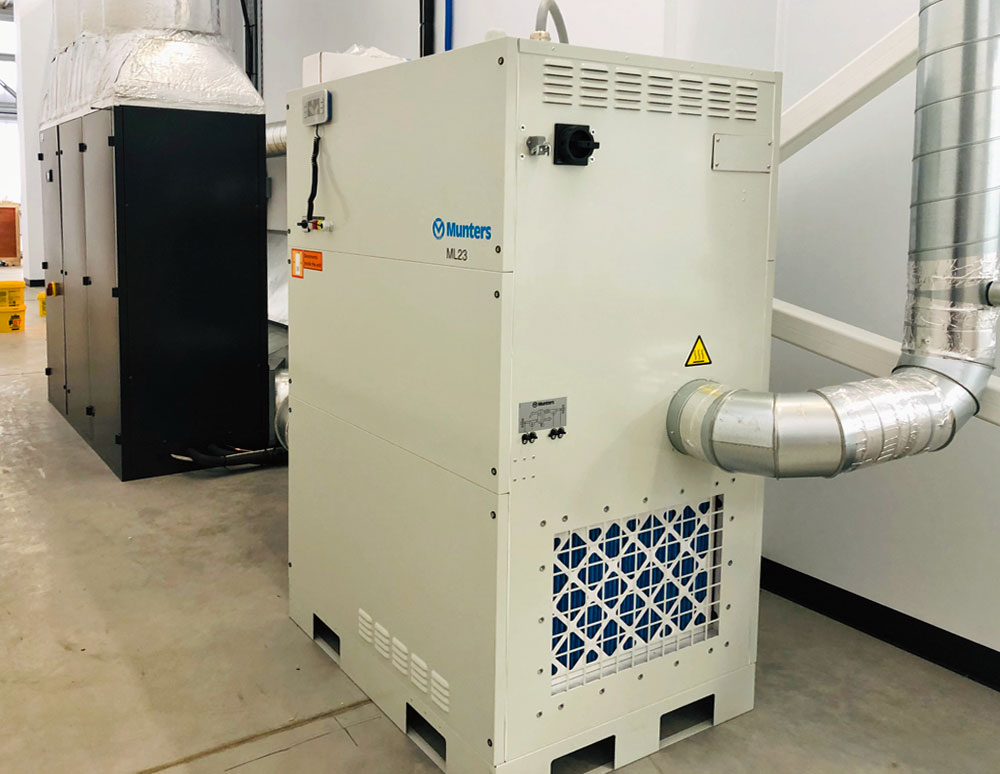
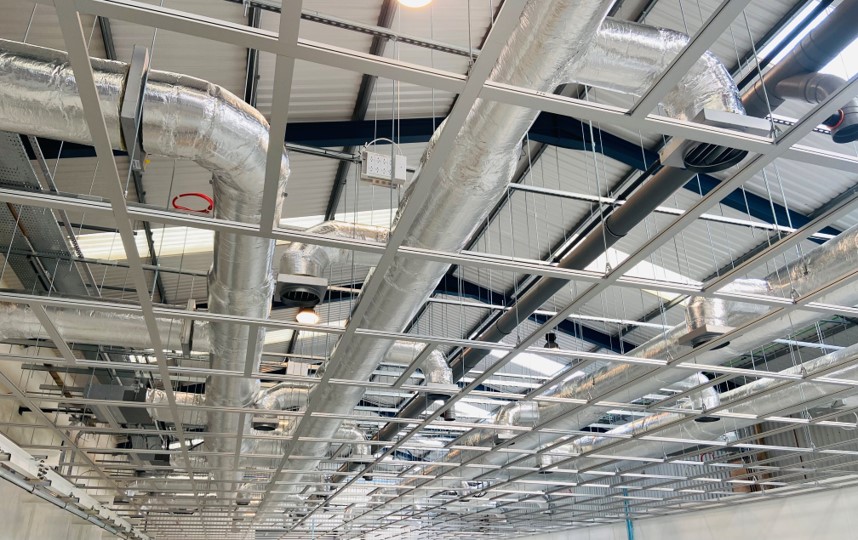
HVAC Design
Integrating HVAC systems in cleanrooms requires careful design considerations and the utilization of specialized components to create a working environment that complies with stringent cleanliness standards to meet cleanroom classifications while providing an efficient operating environment.
Various types of HVAC systems, such as air handling units (AHUs) and fan filter units (FFUs), are commonly used in cleanrooms. These systems are equipped with features like increased air supply, efficient filtration, and precise airflow patterns.
Components like high-efficiency clean room filters and room pressurization mechanisms are usually also incorporated to enhance air quality and to prevent contamination.
Through careful design and integration, cleanroom HVAC systems play a vital role in achieving the stringent standards and ensuring the integrity of cleanroom operations.
Monitoring and Maintaining Clean Air
In order to ensure clean air in a cleanroom environment, it is important to implement effective strategies for monitoring and maintaining air quality.
Maintaining air quality can be achieved through regular air sampling and particle counting to detect any potential contaminants. Additionally, continuous monitoring of temperature and humidity levels is essential to prevent any deviations that may compromise the integrity of the cleanroom.
Regular maintenance of HVAC systems, including regular filter replacements and cleaning, is vital to ensure optimal air quality. Adherence to stringent cleaning protocols and the use of suitable disinfectants and cleaning procedures further contribute to maintaining a clean and contaminant-free environment. Implementing these strategies, helps to ensure that cleanrooms can uphold the highest standards of air purity.
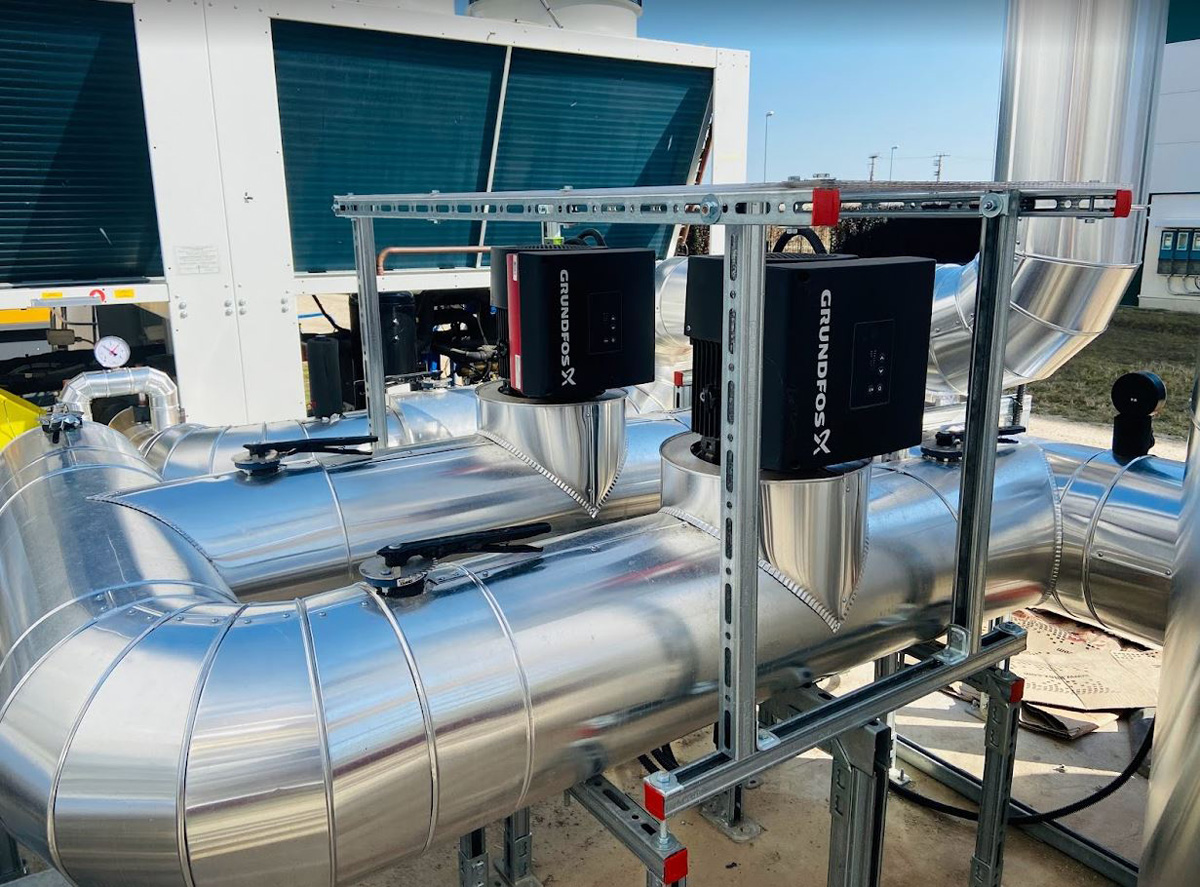
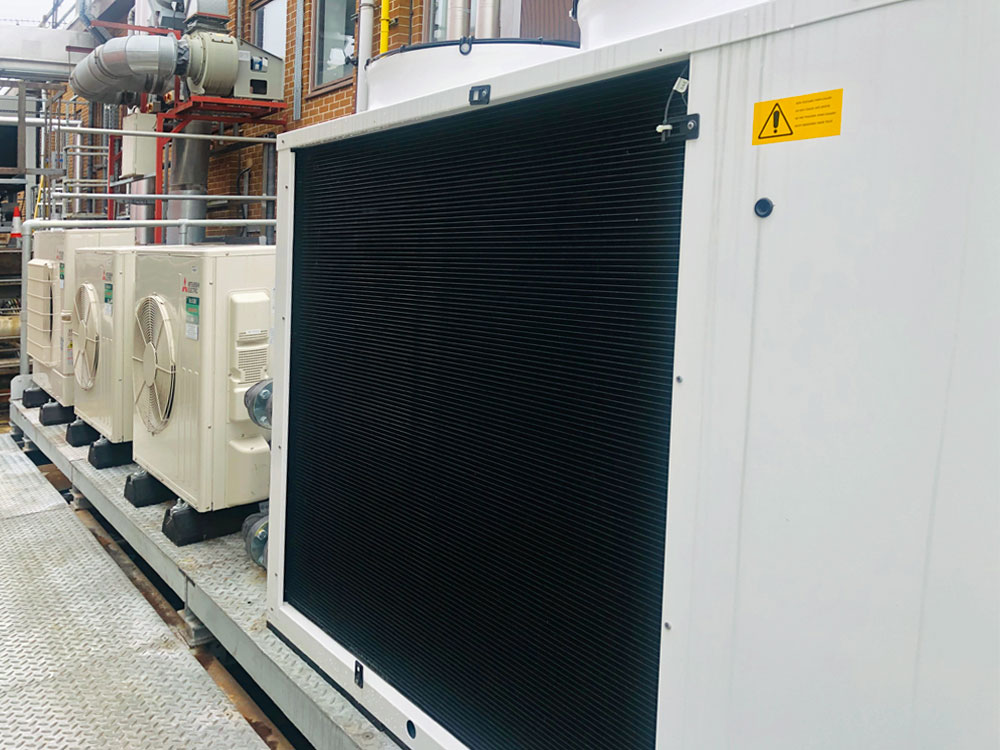
Conclusion
In conclusion, a cleanroom HVAC system is a key component of any cleanroom facility and is responsible for the important task of maintaining a clean and controlled environment.
Heating, ventilation, and air conditioning play a vital role in controlling temperature, humidity, and air quality. With increased air supply, precise airflow patterns, high efficiency clean room filters, and room pressurization, the cleanroom HVAC system minimizes contaminants and this is important for protecting the integrity of sensitive measurements, processes, and products.
It is essential for organizations operating in industries such as pharmaceuticals, electronics, and healthcare to invest in a reliable and professional cleanroom HVAC system to ensure the highest standards of cleanliness and productivity.
